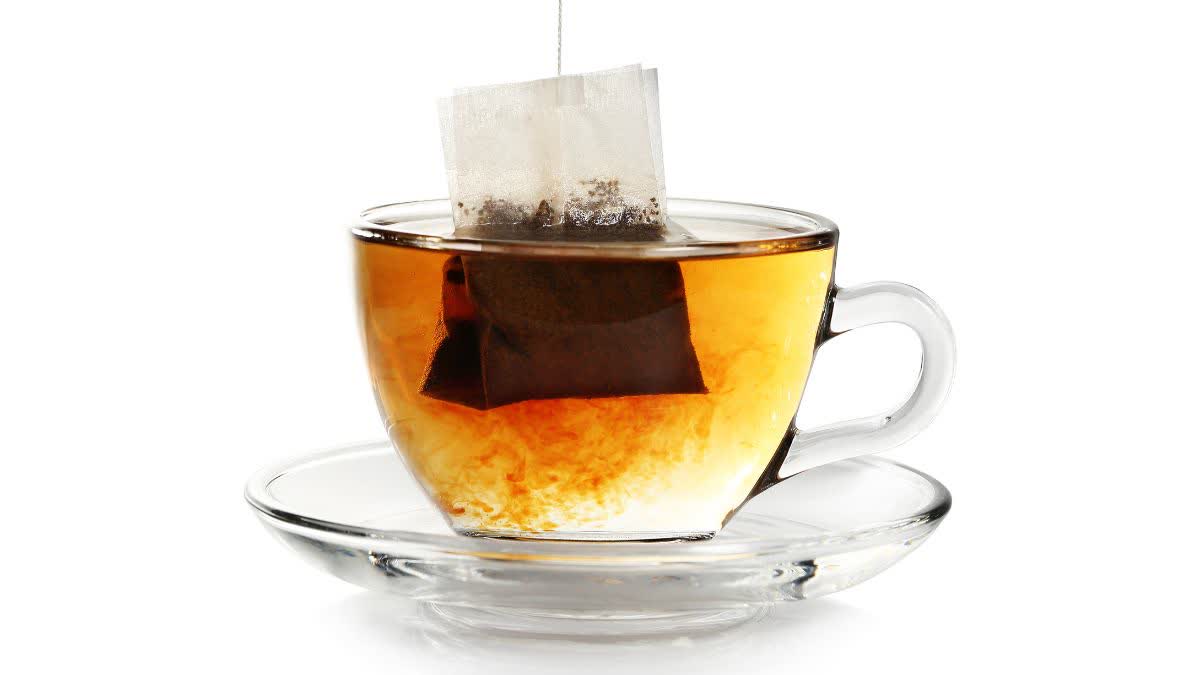Hyderabad: Tea bags serve as an instant way to prepare a hot cup of your beloved beverage. However, they could also spell disaster for one's health with the release of micro and nano plastic (MNPL) particles, suggests a new study conducted by the Mutagenesis Group at the UAB Department of Genetics and Microbiology.
Researchers isolated and characterised micro and nanoplastics from various commercially available tea bags. The findings revealed that when these tea bags are used to prepare an infusion, they release substantial amounts of nano-sized particles and nanofilamentous structures. This discovery highlights an important, yet often overlooked, source of MNPL exposure.
Tea bag materials that release micro and nano plastic
The study examined tea bags made from three types of polymers-- nylon-6, polypropylene, and cellulose. When brewed:
- Polypropylene released around 1.2 billion particles per millilitre, with an average size of 136.7 nanometers
- Cellulose released about 135 million particles per millilitre, averaging 244 nanometers in size
- Nylon-6 released 8.18 million particles per millilitre, with an average particle size of 138.4 nanometers
To analyse the particles present in the tea infusion, researchers employed advanced techniques such as scanning electron microscopy (SEM), transmission electron microscopy (TEM), infrared spectroscopy (ATR-FTIR), dynamic light scattering (DLS), laser Doppler velocimetry (LDV), and nanoparticle tracking analysis (NTA).
UAB researcher Alba Garcia noted that the team had successfully characterised the pollutants using a set of advanced techniques, which she described as crucial tools for advancing research on their potential health impacts. Additionally, interactions with human cells were observed for the first time.
First observations of interactions with human cells
In a groundbreaking experiment, UAB researchers stained the particles and exposed them to various types of human intestinal cells to study their interaction and potential cellular internalisation. The biological interaction experiments revealed that mucus-producing intestinal cells absorbed the highest amounts of micro and nanoplastics, with some particles even penetrating the cell nucleus, which houses genetic material.
This finding suggests that intestinal mucus plays a crucial role in the uptake of these pollutant particles and highlights the need for further research into the effects of chronic exposure on human health.
Researchers emphasised the importance of developing standardised test methods to assess MNPL contamination from plastic food contact materials and implementing regulatory policies to effectively mitigate and minimise this contamination. As the use of plastic in food packaging continues to rise, addressing MNPL contamination is essential to ensure food safety and protect public health.
The study was part of the European project PlasticHeal and was coordinated by Alba Hernández, a lecturer in the UAB Department of Genetics and Microbiology. Researchers from the UAB Mutagenesis Group, including Alba García-Rodríguez, Ricard Marcos, and Gooya Banaei (the first author of the research article), participated in the study. They collaborated with researchers from the Helmholtz Centre for Environmental Research in Leipzig, Germany.



